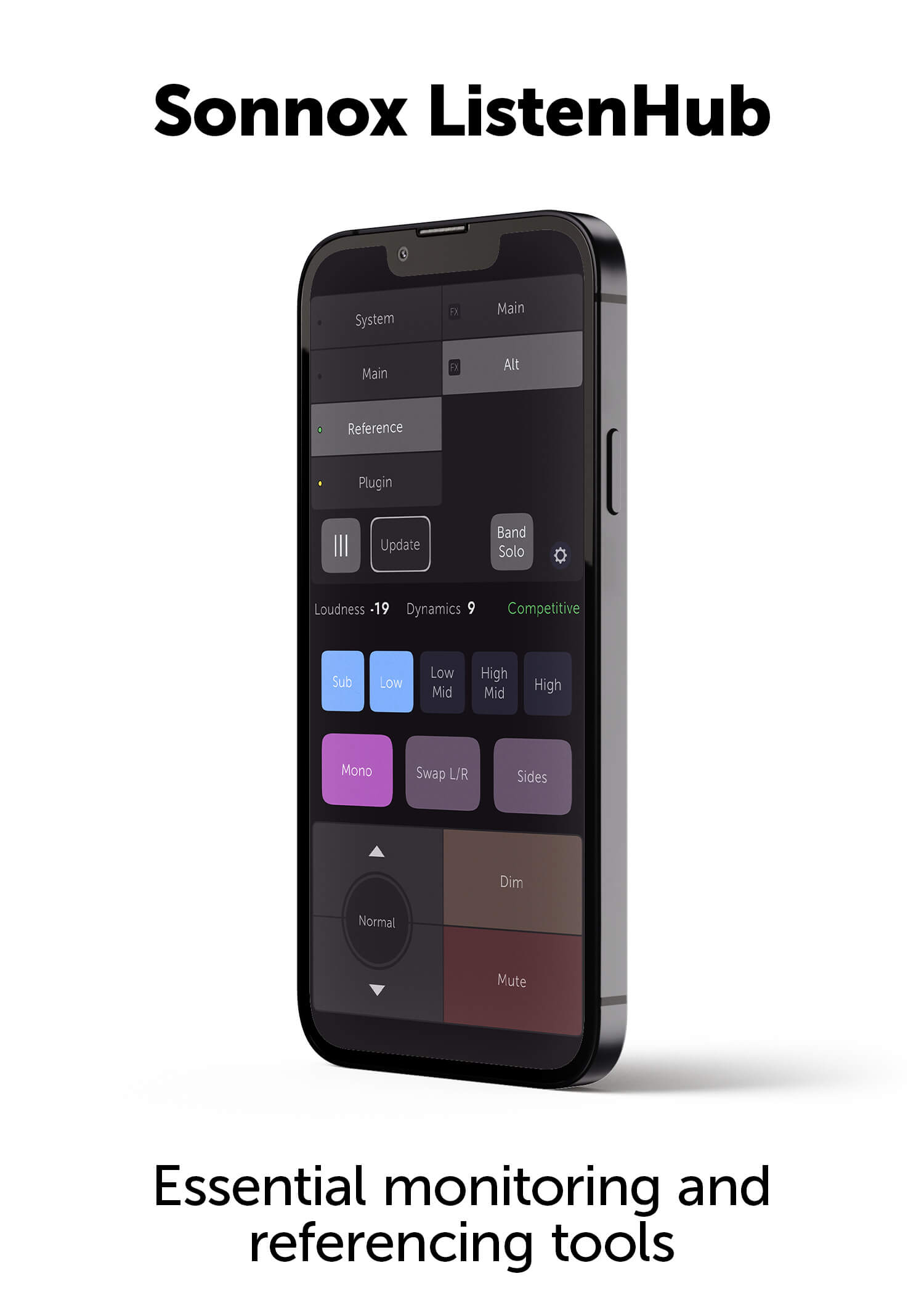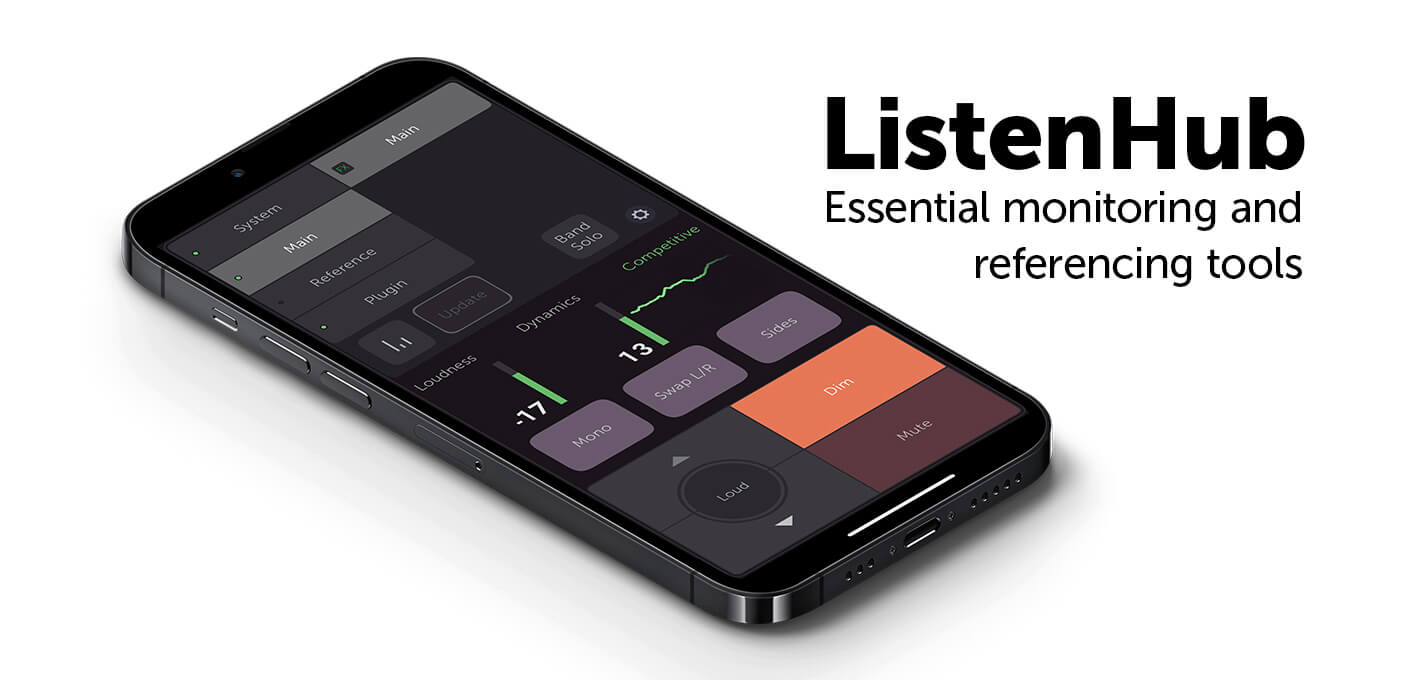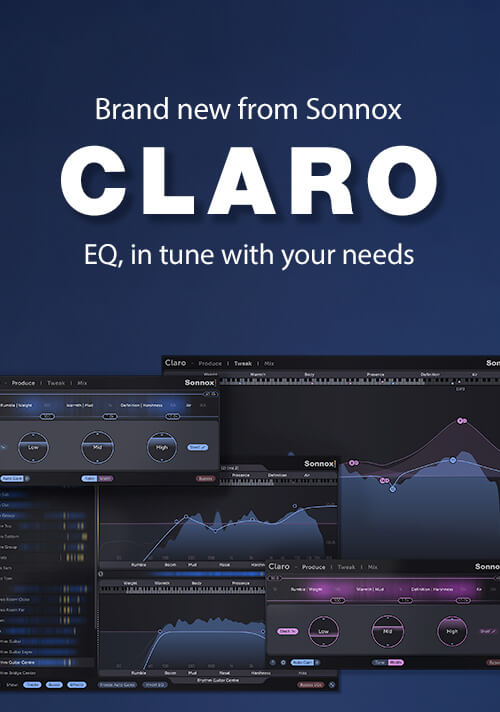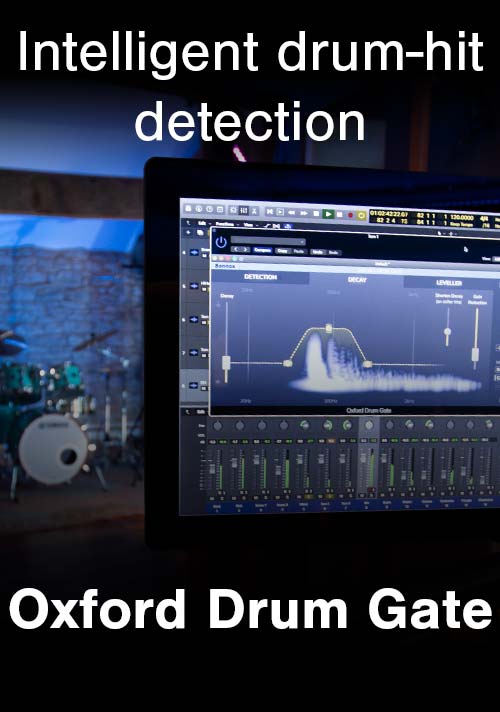David Isaac
Dave Isaac - Plug-In Insights from a Master Producer/Engineer
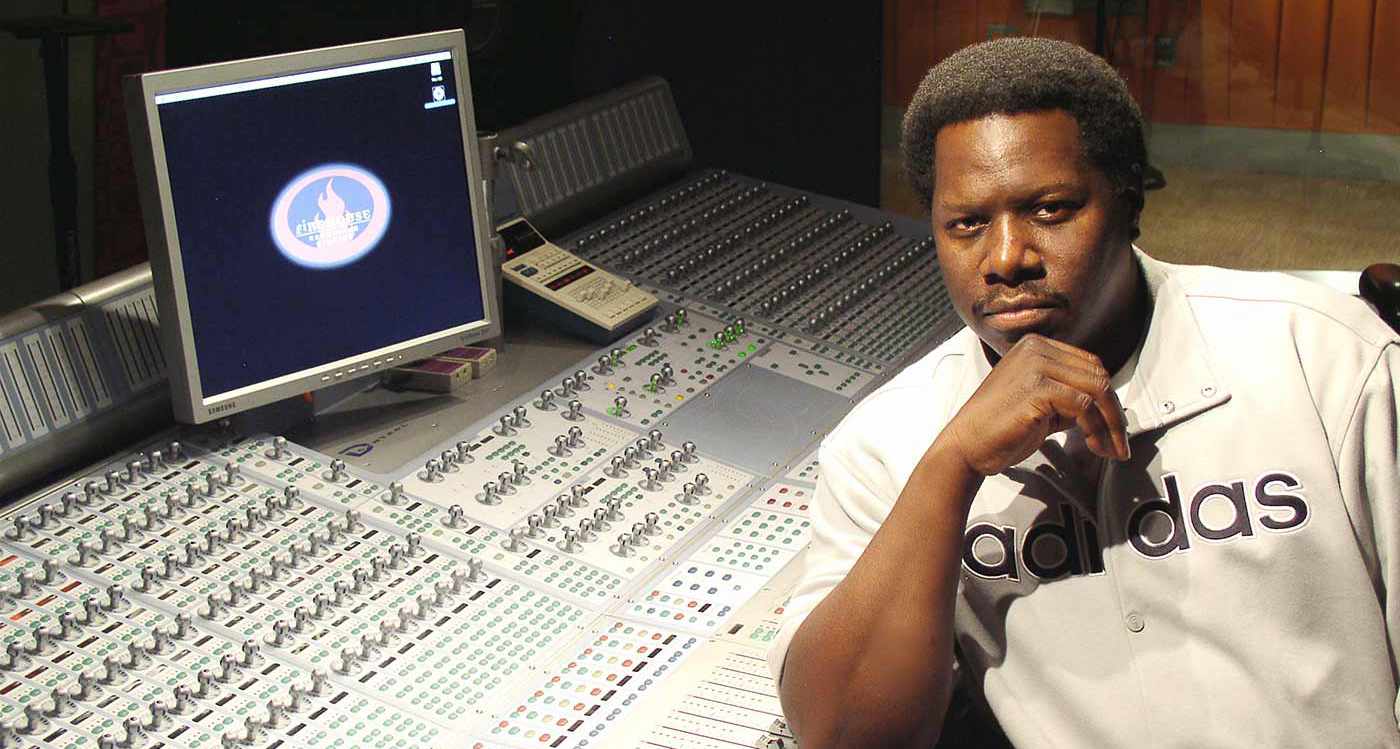
Producer/Engineer Dave Isaac's humble yet confident demeanor belies his enviable collection of Grammy Awards. Clearly a soul who truly loves his craft, Isaac's credits stretch from Stevie Wonder, Aretha Franklin and Anita Baker, to Eric Clapton, Madonna and Marcus Miller. His touch can be heard deep within the music. A man without boundaries, he also mixes scores for film and television, has produced songs for Disney movies and has worked with Seattle's own "Experience Music Project". We recently caught up with him in LA where he took a break from planning his new home studio to reflect on his use of Sonnox Oxford plug-ins.
You seem skilled in many areas. How would you describe what you do?
Well, over the years I've done quite a few things. Marcus (Miller) used to call me E-Man, the 'everything man'. Producer, engineer and mix engineer, programmer, composer, arranger, musician, music consultant, or mastering are some of the areas where you may see my name pop up. I've been fortunate enough to spread those credits out over various projects within the music, movie, and television industry. Also, when I need a change of pace, having the ability to go from one area to another keeps me creative.
You grew up in the days of analog and have seamlessly transitioned into digital. What's your preferred format?
I love analog, but digital is more efficient. I love being able to have all of the fx and notes travel with a song. In the digital world, you can pull up a song within seconds or minutes versus the hours that it used to take aligning a machine and doing a recall of the console and hardware. I'll always have the sound of analog in my head, so I go for that sound when I work and mix in the digital format.
So which Sonnox plug-ins have you used?
I've used them all. The studio that I work out of, The Firehouse (in Pasadena, CA) has them all there for me. In my own setup at home, I have the SuprEsser, Inflator and Trans Mod.
The one that I really feel is the most innovative plug-in that I've seen in years is the SuprEsser. When I first checked it out, I thought it was just a good de-esser, but when I actually got into it, I found more uses for it than I ever imagined I would. It's a high end surgical compressor or limiter. The things that it allows me to do and the fact that it analyzes the audio while I do it, just blows my mind. It's alive!
What do you mean by "alive"?
Having the spectrum analyzer is the key. Let's say if it was a hardware compressor or de-esser or even some software compressor and de-essers, you see the level of what's hitting the threshold by the VU meter or LED movement and that's it. With the SuprEsser, I can see in real-time the entire spectrum of what's going through the plug-in. I can surgically carve out and fine-tune what I want to catch. Also, what other de-esser allows you to hear what's outside of your de-essing range to make sure that you haven't missed anything or an "Auto Tracker" to hit the compression or de-essing with the same amount if the level rises? That's insane!
Can you give us an example of how you use it?
Once I was EQ'ing a board mix from a show for Burt Bacharach. There was feedback in the stereo track. The SuprEsser was just released and I played with it a week before receiving the show. I had the idea to try the SuprEsser and amazingly I was able to get the feedback out. Theoretically, you wouldn't think to use a de-esser to do that. When I sent it back to them, they asked me how I did I eliminate the feedback. I told them, "That's why I make the big bucks!"
Actually, when I first got the SuprEsser, I thought about catching sibilance and such with it as usual. Then one day I had a problem with "Plosives" and it worked great. I tried it with acoustic guitar squeaks, and it worked beautifully. Then I tried it on bass scratches, including upright finger noise. Again, it worked great.
Now I just look at it as the SuprTool! Whenever I really need to get something out and maintain as many of the harmonic frequencies as I can, I reach for my SuprTool! I'm spreading the word about this plug-in to everyone I know and meet.
Tell us about your use of the Inflator and Trans Mod...
For example, when I'm doing a hip-hop, R&B or Rock track, it allows me to make things sound more 'in your face' while still maintaining the stereo and 4D dimensional picture. When I start to create the image in a mix, there are things I want to bring up in the mix but I don't want to change their character. Sometimes compression can really change the character of an instrument, especially the type of compressor (FET, Opto, VCA, etc.) when it's used to make something more present. The Inflator allows me to get that sense of compression without the "color" change. You don't get the sense of hitting a compressor.
The Trans Mod allows me to make something that may not have been as dynamic as the mix calls for to become dynamic - with a little more bite and punch. Or, I can take some of the edge off of things like sampled acoustic pianos, and guitars.
Expand if you will on your dimensions of mixing...
Well I was taught to, and always strived to create, "Four Dimensional" mixes. To have a four dimensional mix you have to have the elements of Height, Width, Depth, and Time.
Height - represents EQ and Volume. When we speak of EQ, we always refer to it as highs, mids and lows. When you set your placement of where things will fall in the EQ spectrum and it's volume, you've created the Height of a mix.
Width - represents Panning and Panning Width. When you've set the placement of where things will fall from left-center-right and it's width, you've created the Width of your mix.
Depth - represents the sense of space from front to back. Reverbs, reflections, diffusion, Pre/Post, and send amounts help you to create the Depth of your mix.
Time - You can't talk about space without talking about the time it takes to get from one place to the next! The timing of the delay or pre-delay and feedback length of echoes helps to give you a sense of how far the space of your mix goes. You can play with Width here too by panning your echoes.
Finally, you should be able to close your eyes and see the mix. It actually came full circle for me one night when I worked with Stevie Wonder. Stevie has to see music with his mind. For years I've always closed my eyes to do just that. He isn't distracted visually, by a console, people in the room or anything else.
For me as a kid growing up in Detroit and always listening to music, I would lay down between my speakers and close my eyes and try to picture where everyone was, what was going on, what they were doing, etc. So when I worked with Stevie, I worked with the lights off so I could hear and see the music the way he's "seeing" it. From that day, I've always strived to make sure I could see the picture in the speakers instead of it just coming from left, right and center.
I like mixes that are dynamic, not squashed like so many of today's records. I won't even go into the whole Metallica thing. We don't speak and truly express ourselves to each other like that, in a non-dynamic monotone voice. If I was talking to you and saying, "bla, bla, bla.." (in a monotone voice), after a while you would say, "Hey Dave let me call you back!" It's the dynamic things and the way we say it that moves people.
So you're convinced of the power of the home studio?
Most studios have turned into Pro Tools rooms with a big mouse or Logic rooms with an expensive summing mixer. So if I'm going to use a mouse and keyboard, I don't necessarily need a big room. If someone needs to do it for the client or for recording using great analog hardware, then the big rooms are the way to go.
Nowadays many of us have scaled down to very small and powerful workstations. Plug-ins have come a long way. Even the emulations of some of the hardware can do things the actual hardware could not. In the analog days, hardware was the only choice. Now you have a choice. One that doesn't use up a lot of space and doesn't cost an arm and a leg. I think the only way you can truly tell if someone is using a hardware version or software version of gear is to have it on two channels and A/B it directly. Some are still fooled and some of the great engineers now say that they can get the same sound with a bit of tweaking. Which is why we're seeing their versions of software plug-ins. But, you wouldn't do a shootout between hardware and software in a song, so really what does it matter. The main thing is that whatever you use, you know why you're using it and you know it inside and out.
What speakers do you use at home?
At home I use KRK VXT8's, VXT4's, and JBL 4328's. In the bigger studios, I use Yamaha NS-10's and KRK E8b's. I use Apogee Electronics gear for clocking and conversion and the Dangerous Music gear for summing. I'm planning on building a new studio in the back of my house by the end of the year since I have a nice lot and space available. There I will probably have hardware, but really only for recording. When you record it right, the world of plug-ins is your playground when it comes to mixing. Especially with the Sonnox plug-ins!"
Interview and editorial provided by Rich Tozzoli
